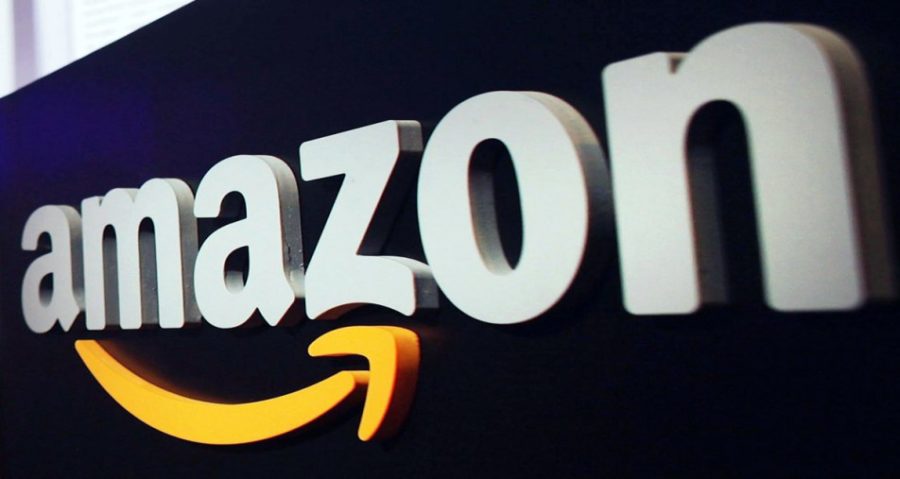GUEST EDIT: CONFRONTING THE PRIME PROBLEM


Apparel purchased online has a return rate of at least 35 percent. The standard practice among consumers is to blanket their projected size, buying also a size up and a size down. The three sizes are then shipped to them at no charge. The consumer tries them on, makes his selection and returns the other two, shipped back free of charge. The store must refurbish the returns to put them back in stock. Perhaps they could have sold the returned item when it was first in stock but now, it might no longer be timely. A best-case scenario is the omni-channel retailer who allows returns to a brick-and mortar store in the hope that the consumer, once in the store, will buy something else. I know of no omni-retailer who is able to generate as much margin online as in their bricks. Usually, online margins are a lot lower: high returns and free shipping are expensive.
So along comes Amazon Prime Wardrobe. The consumer orders (I did not say purchases) up to 15 items. They’re shipped free and arrive two days later. The consumer tries them on and returns what he doesn’t want within seven days. They’re charged only for the items they keep. If they keep three, they save 10 percent; if they keep five, they get 20 percent off. The return process is simplified: the box is picked up right on their doorstep. The consumer never enters a store, which is exactly how most men want to shop. I have no idea how Amazon can make money on this concept, but I’m also sure they don’t care as long as they gain market share and their stock price goes up. Once again, it’s not a fair fight.
Of course, much of the concept’s potential will depend on which brands become available on Prime Wardrobe. As of this writing, it remains unclear. However, the recent Nike agreement seems to portend the future. Prior to the agreement, Nike was the number one brand on Amazon without selling them a single item. All Nike merchandise on Amazon came through third party vendors. So now Nike will sell Amazon directly which will assuredly eliminate all those third party players. The consumer never understood that Nike on Amazon was not sold directly by Nike. It didn’t matter to them: it was Nike. Now Nike has chosen to make this huge business theirs after all. I’m convinced that most major consumer apparel brands will do the same.
The coffin nails are being forged. However, I remain optimistic that the best retailers can survive. Just doing a better job will not be nearly enough: they need more interesting product. They need to reexamine their store fleet. They need to bite the bullet and realize their reality has changed and time alone will not make anything better.
Fred Rosenfeld is an apparel industry consultant; he can be reached at frosenfeld@comcast.net.









